Archive
2020
KubaParis
pretend friend
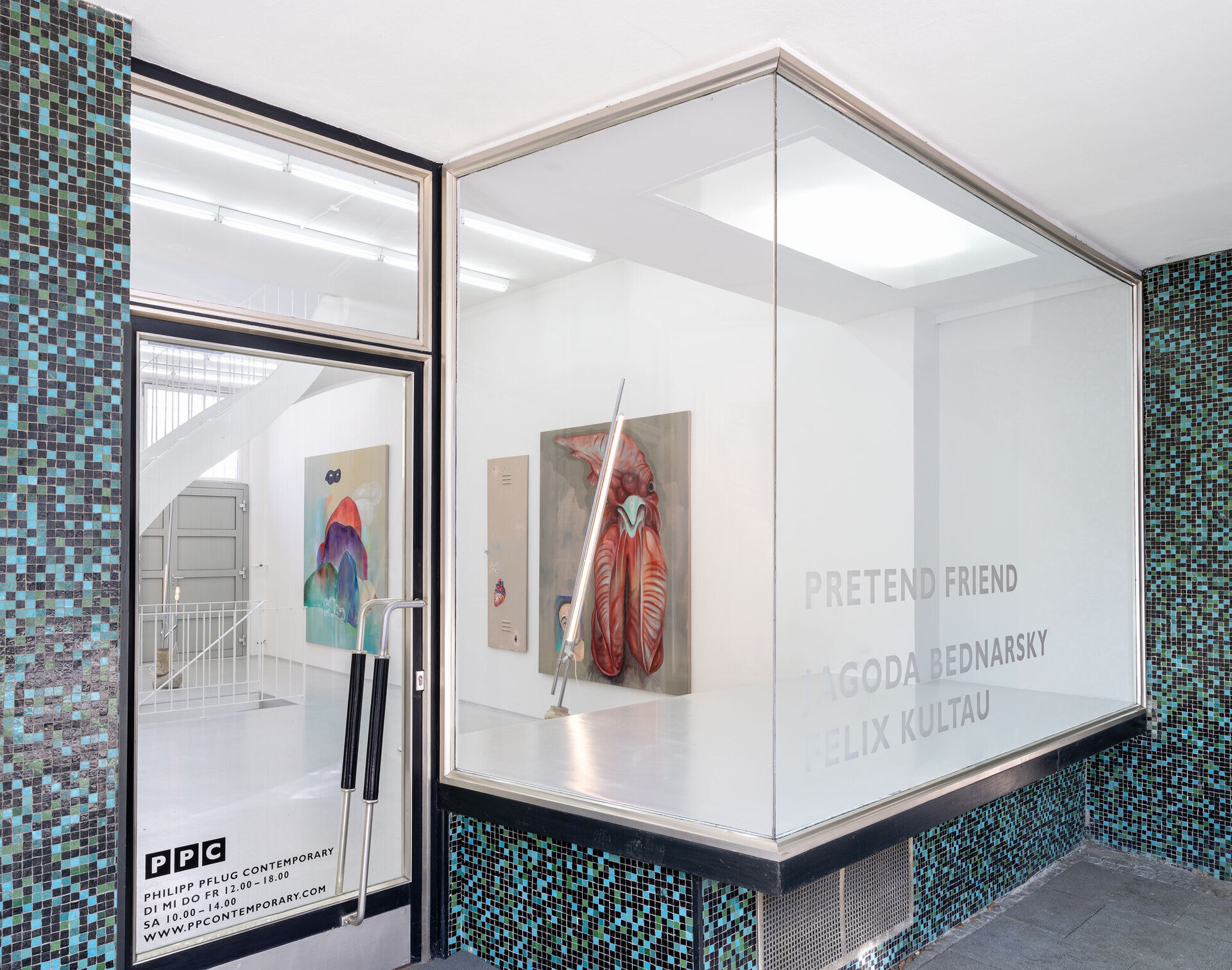
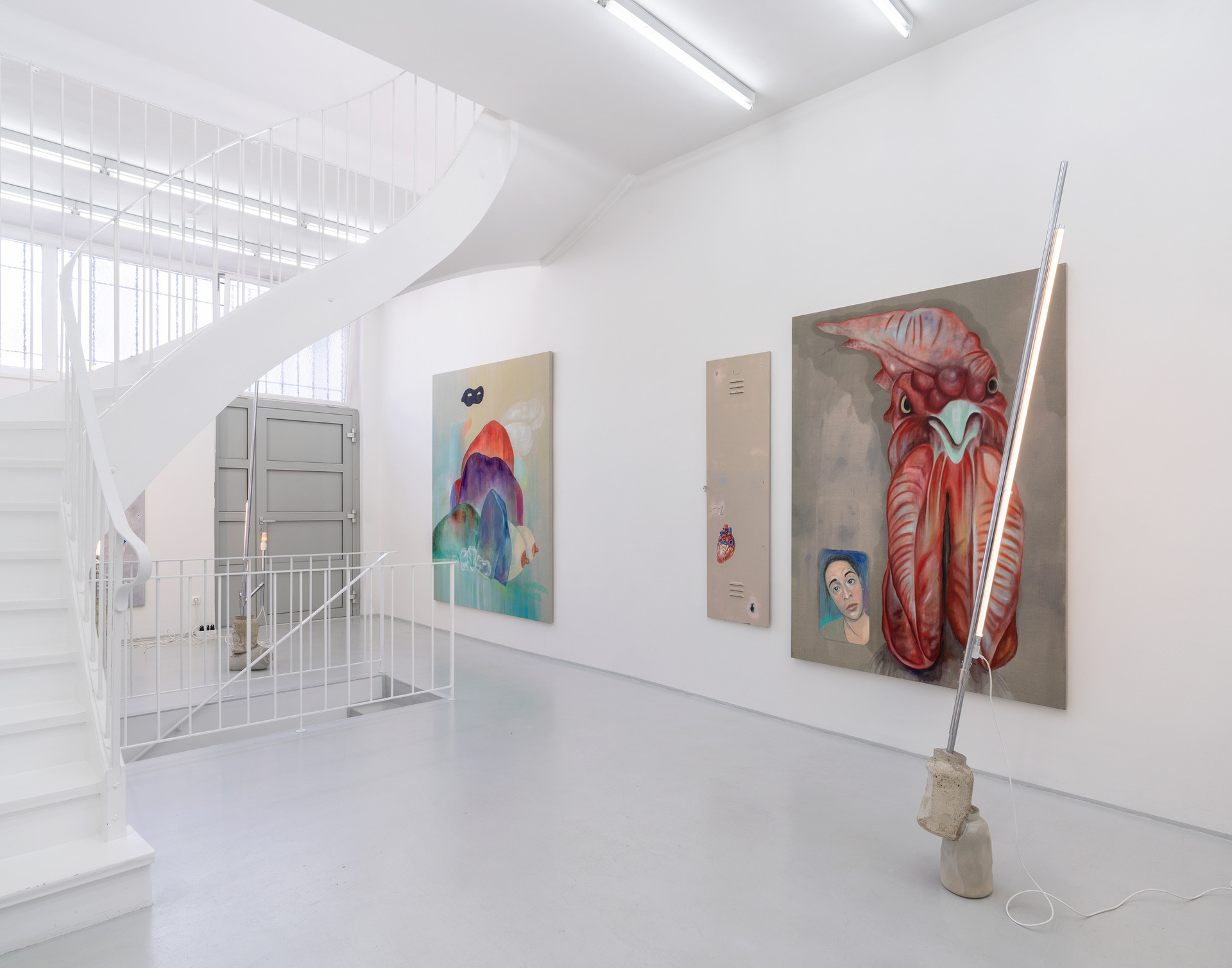
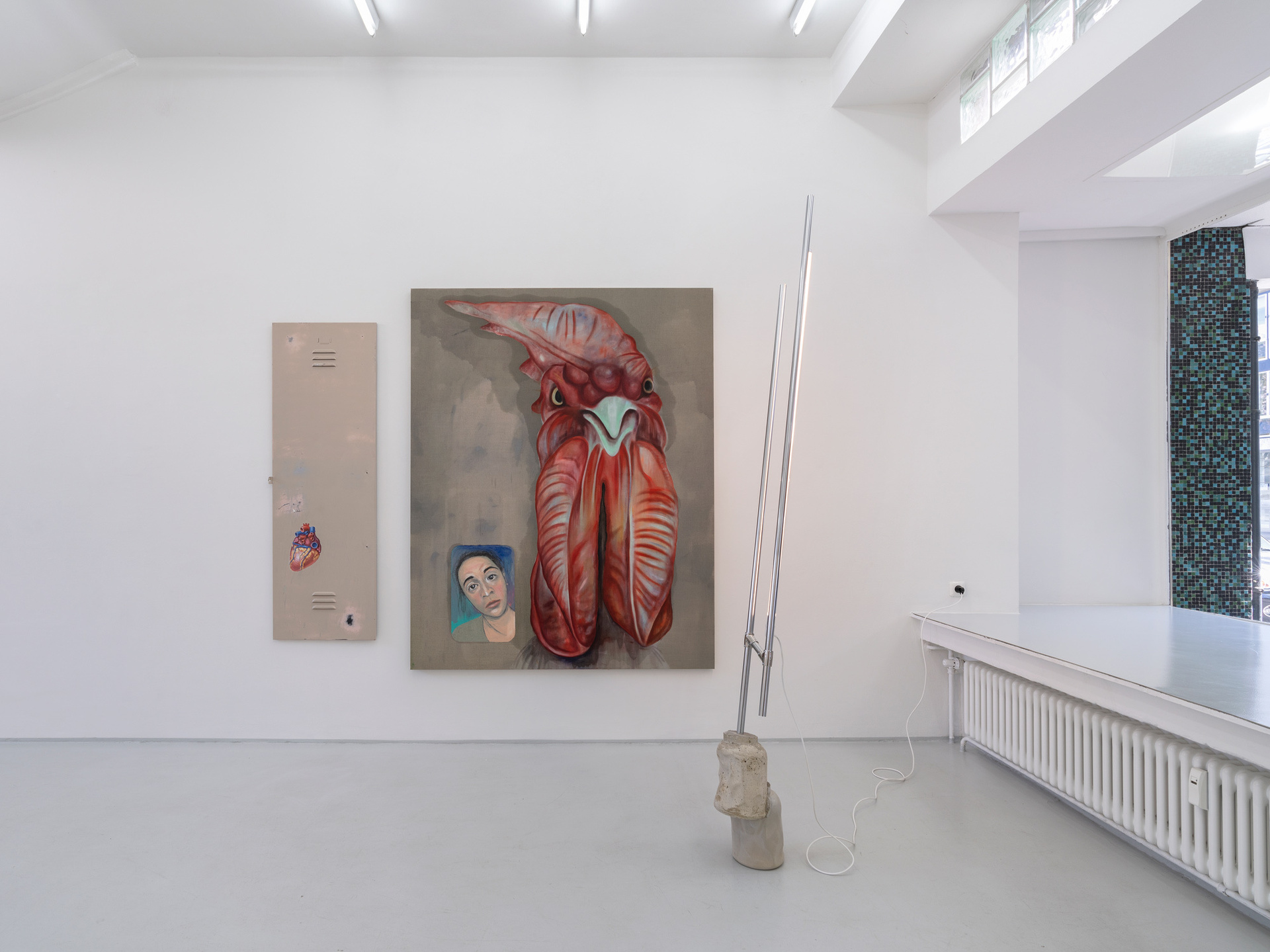

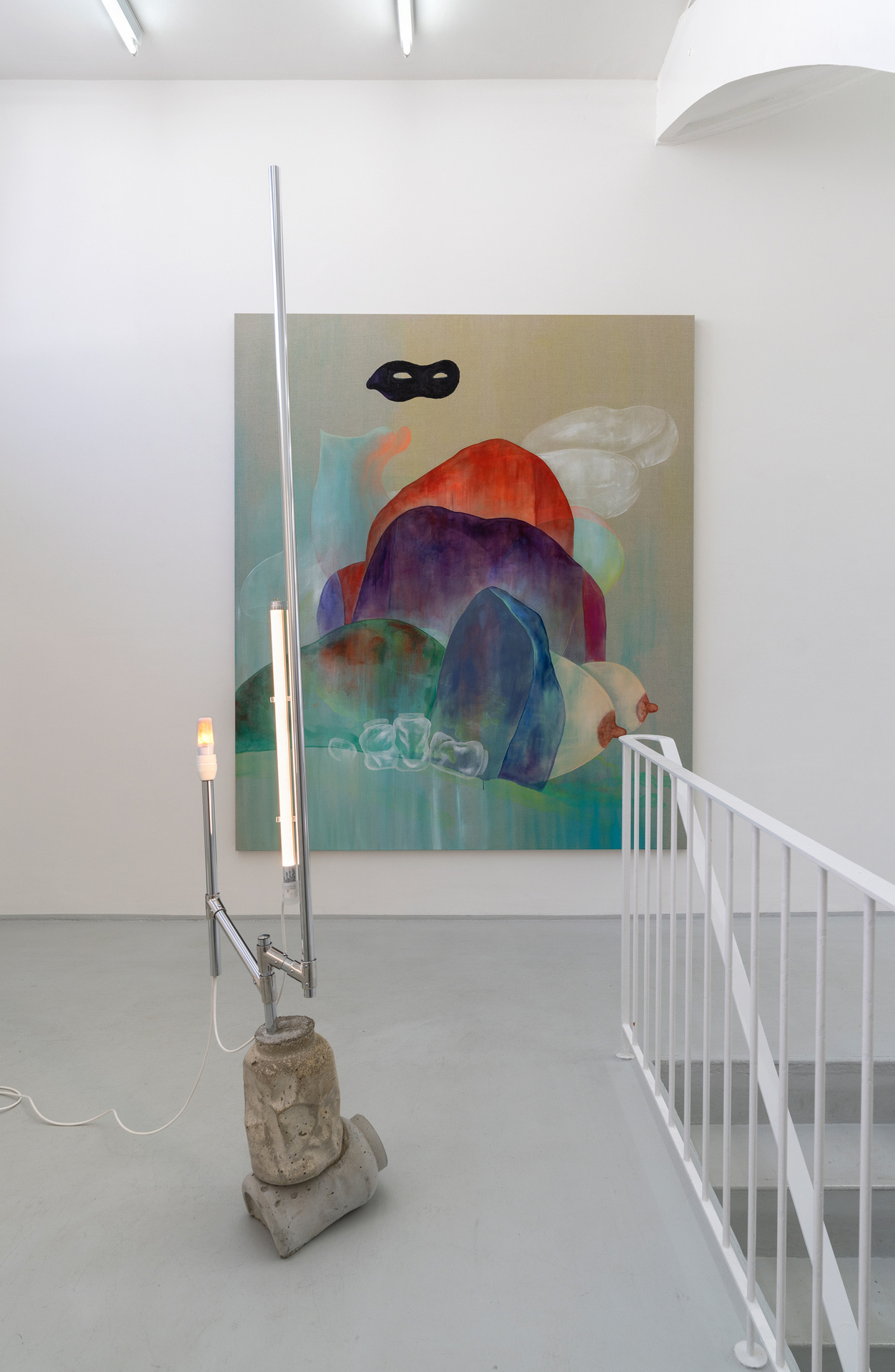
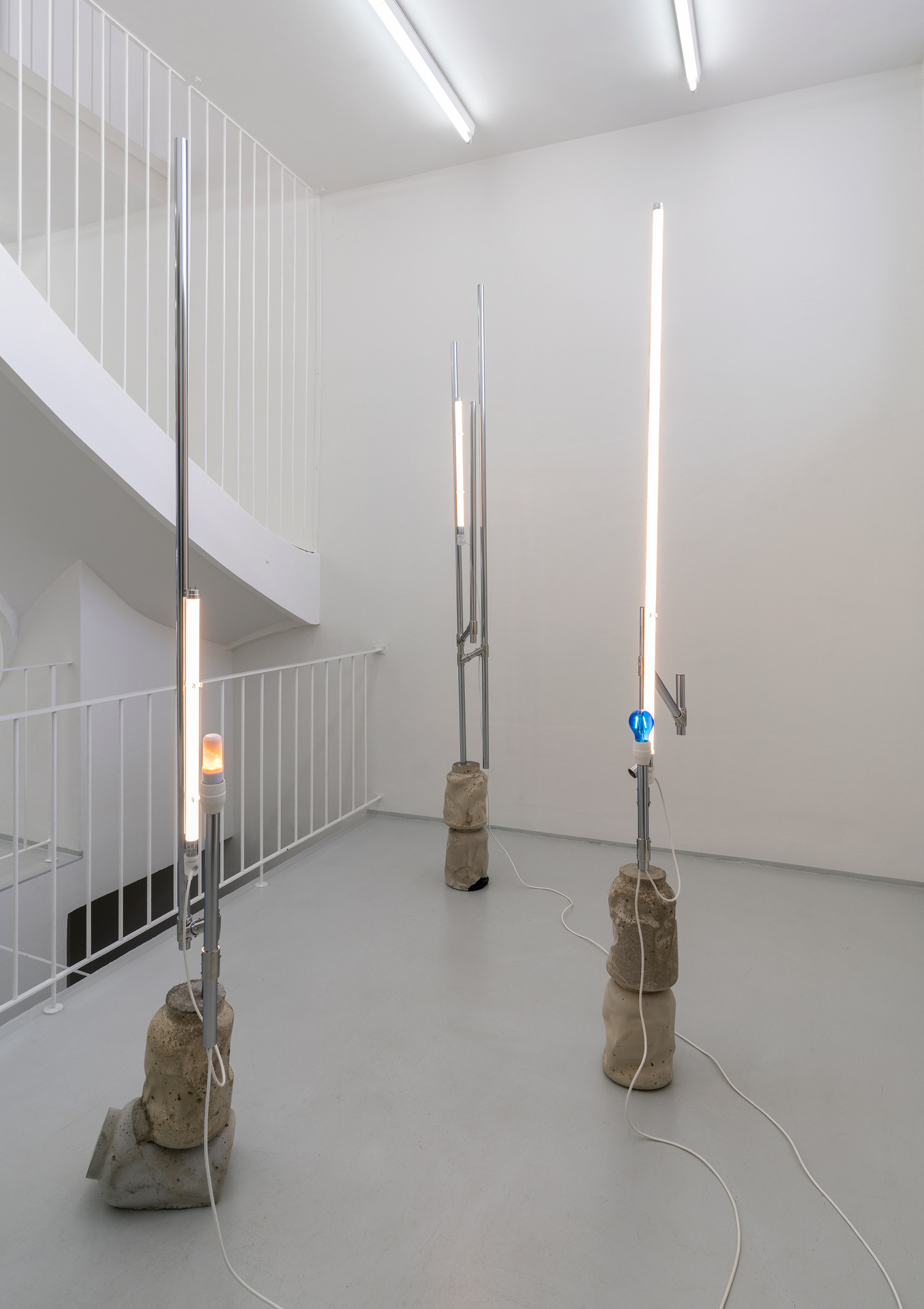
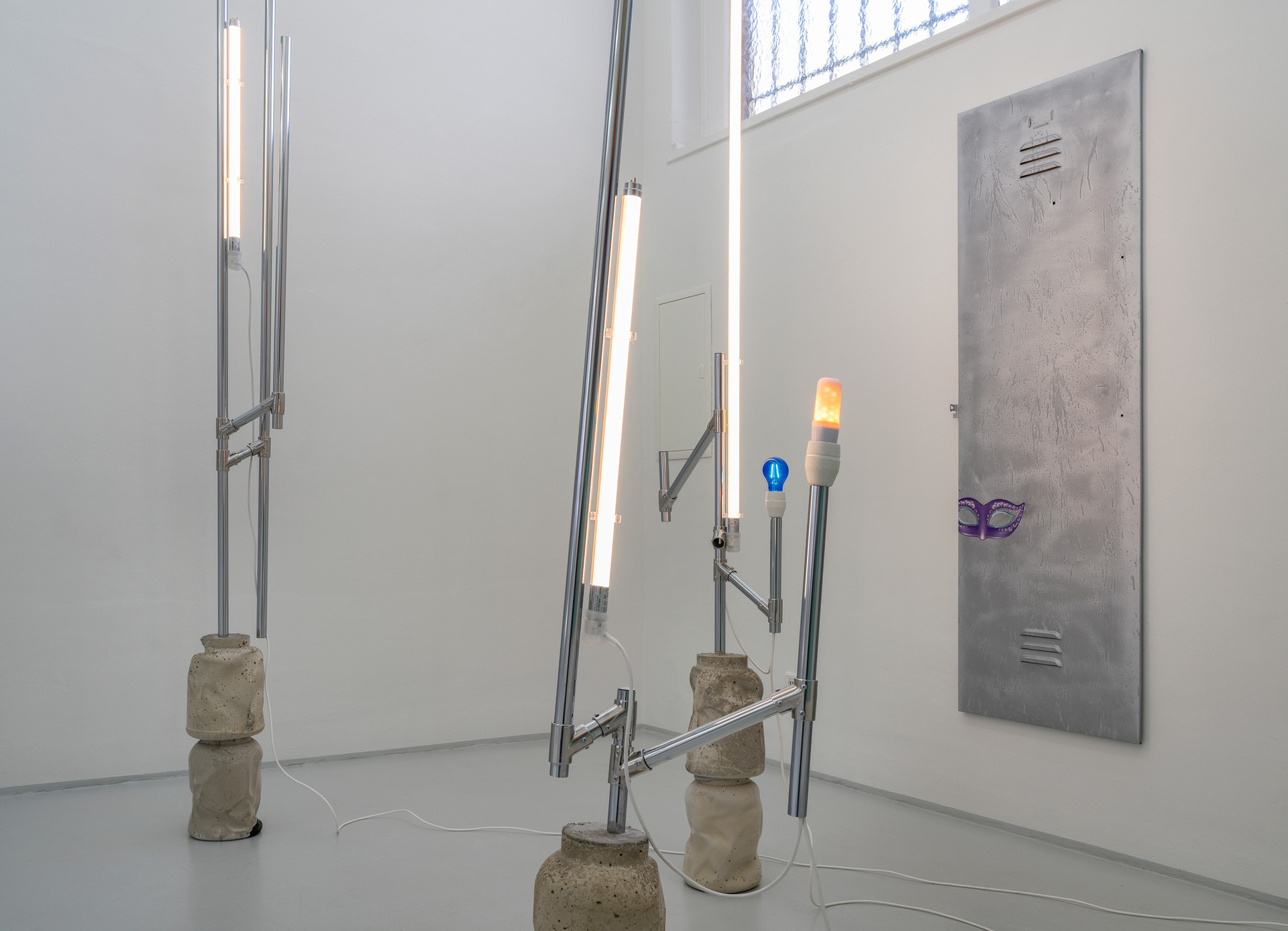
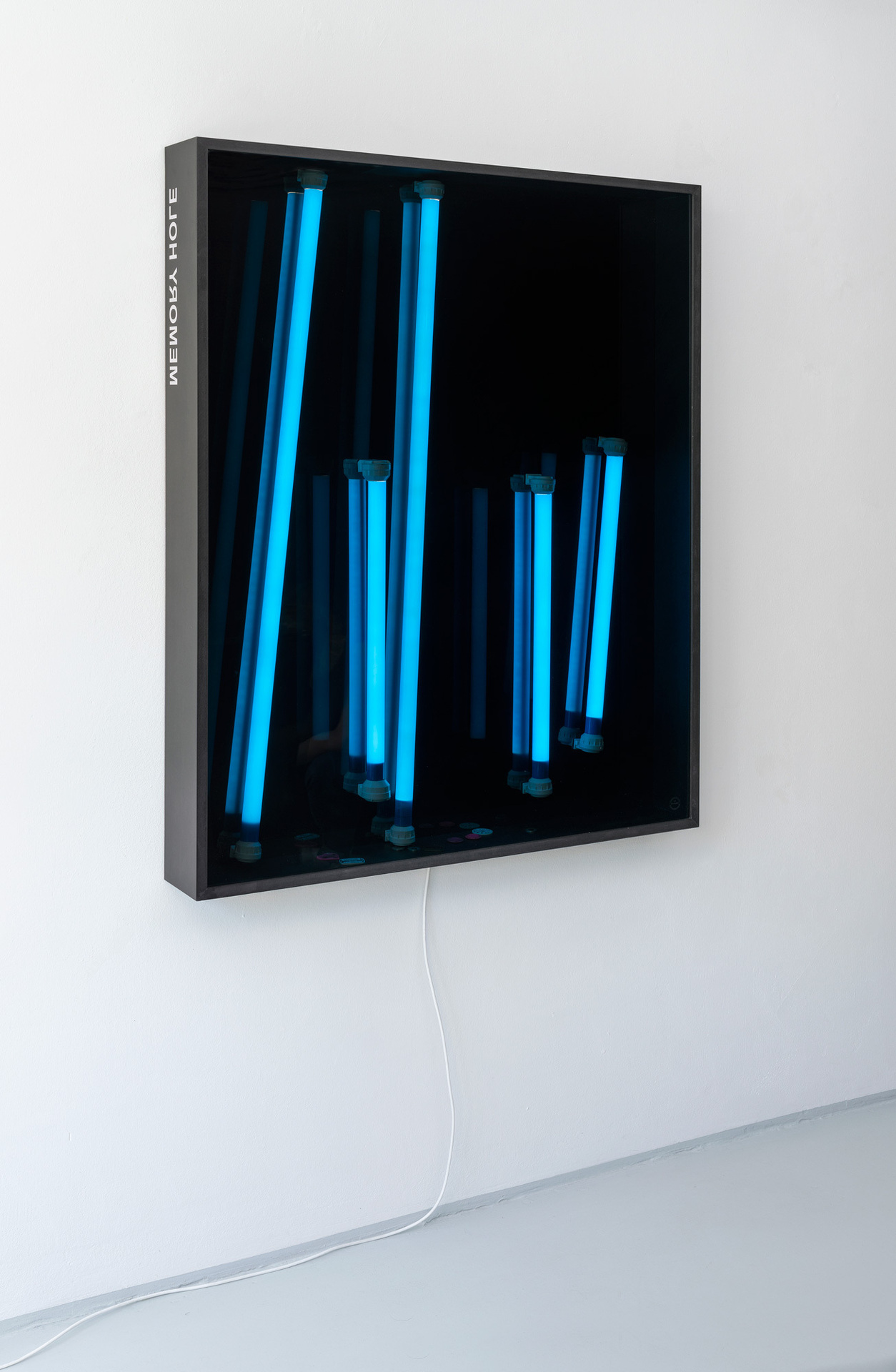
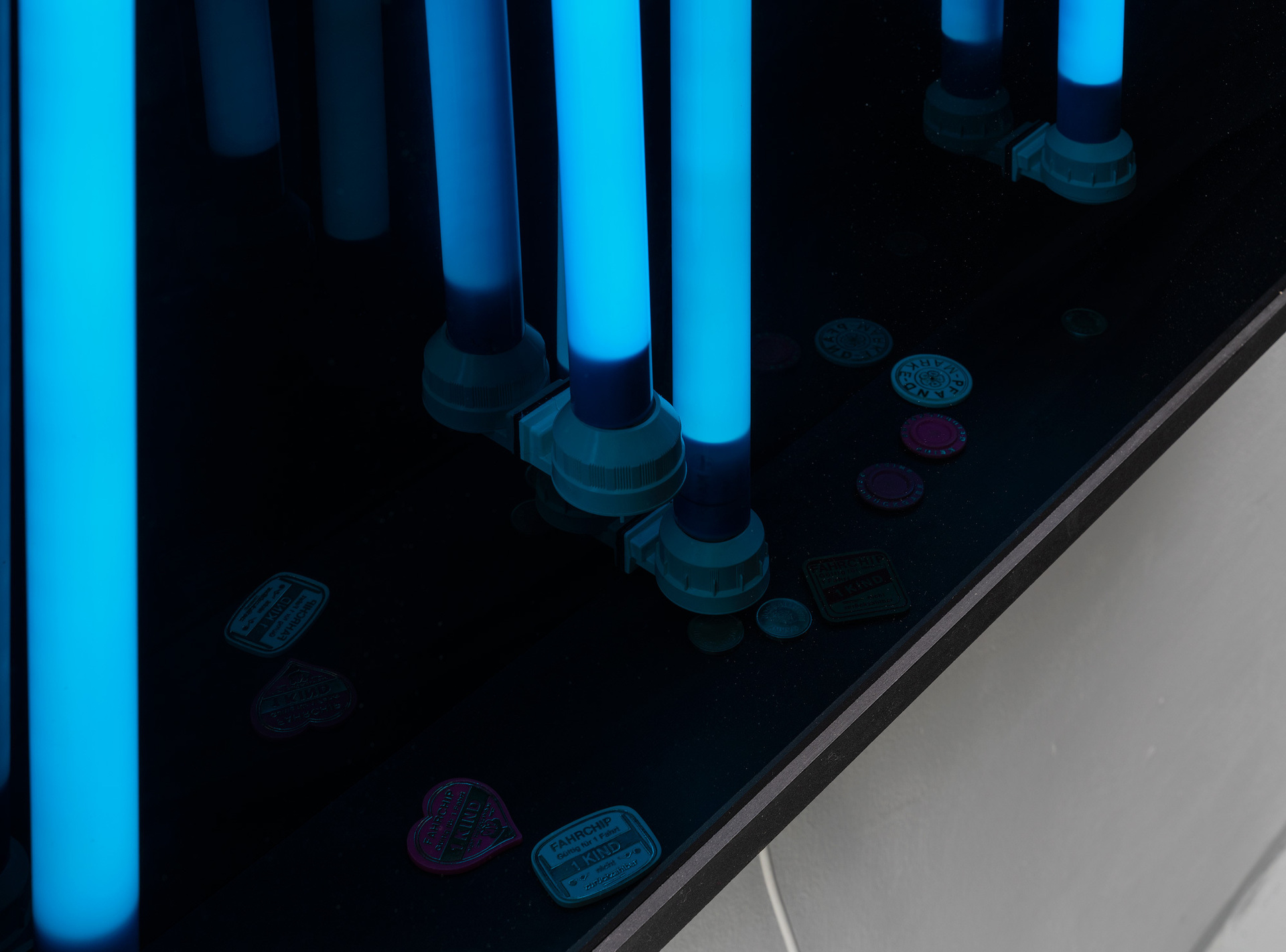
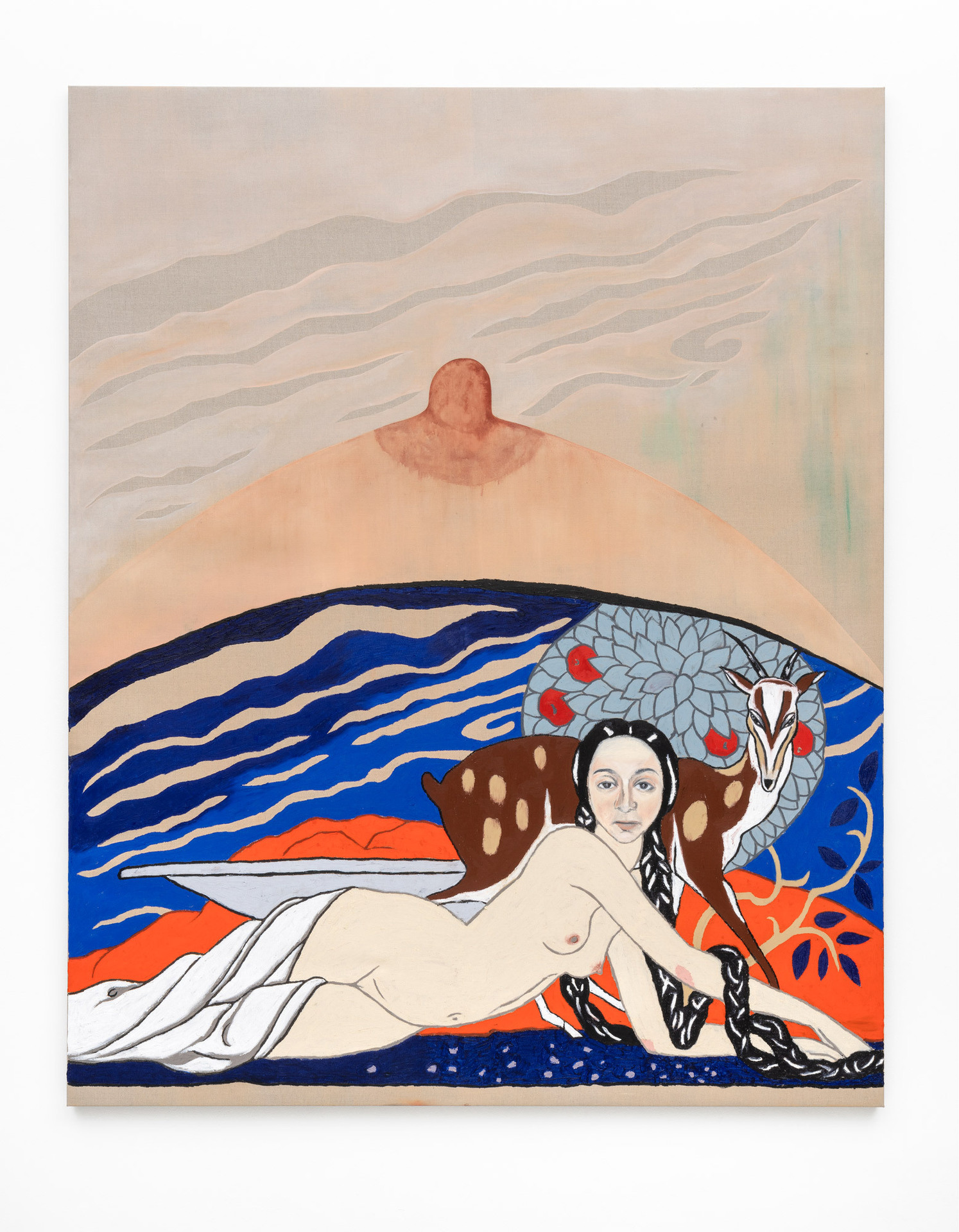
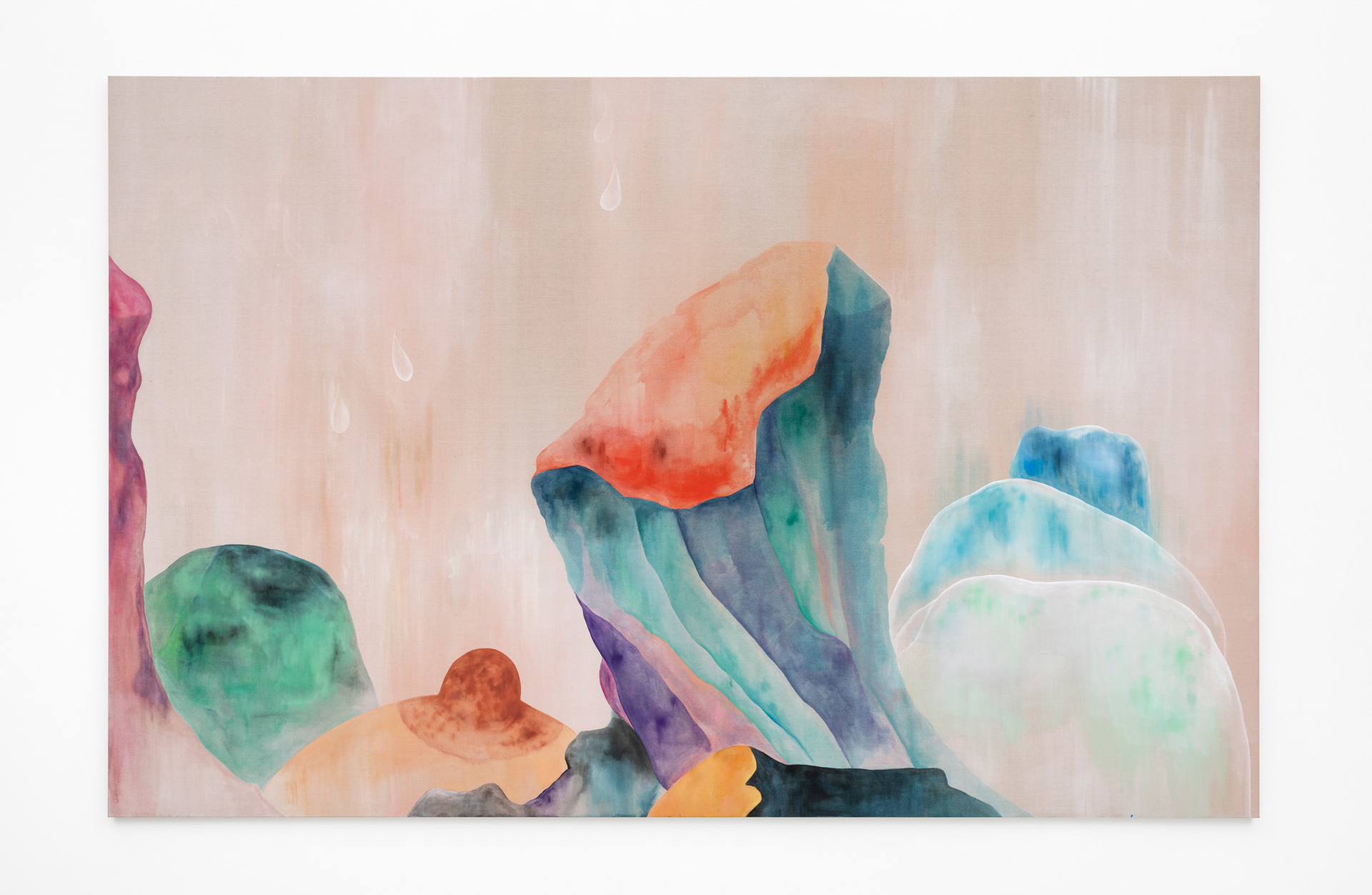
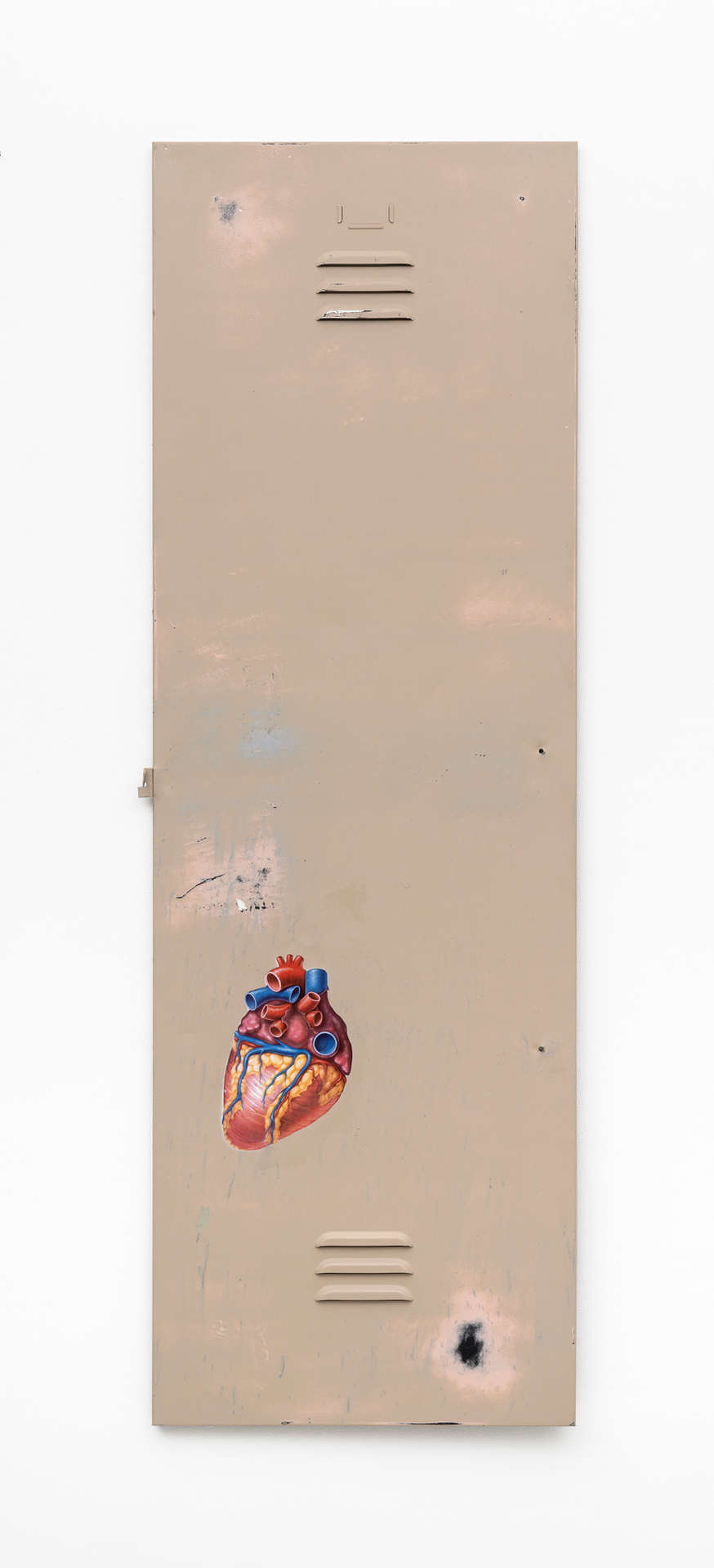
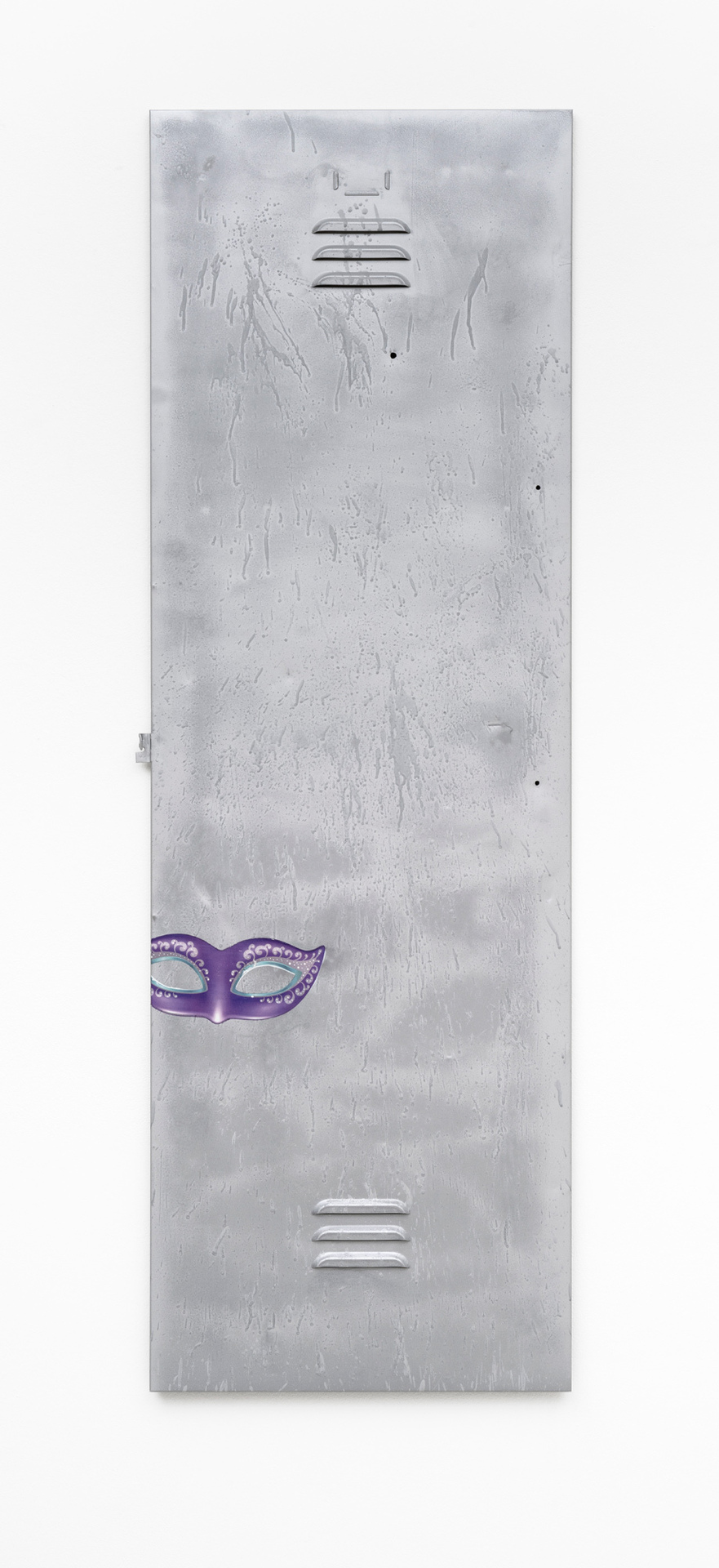
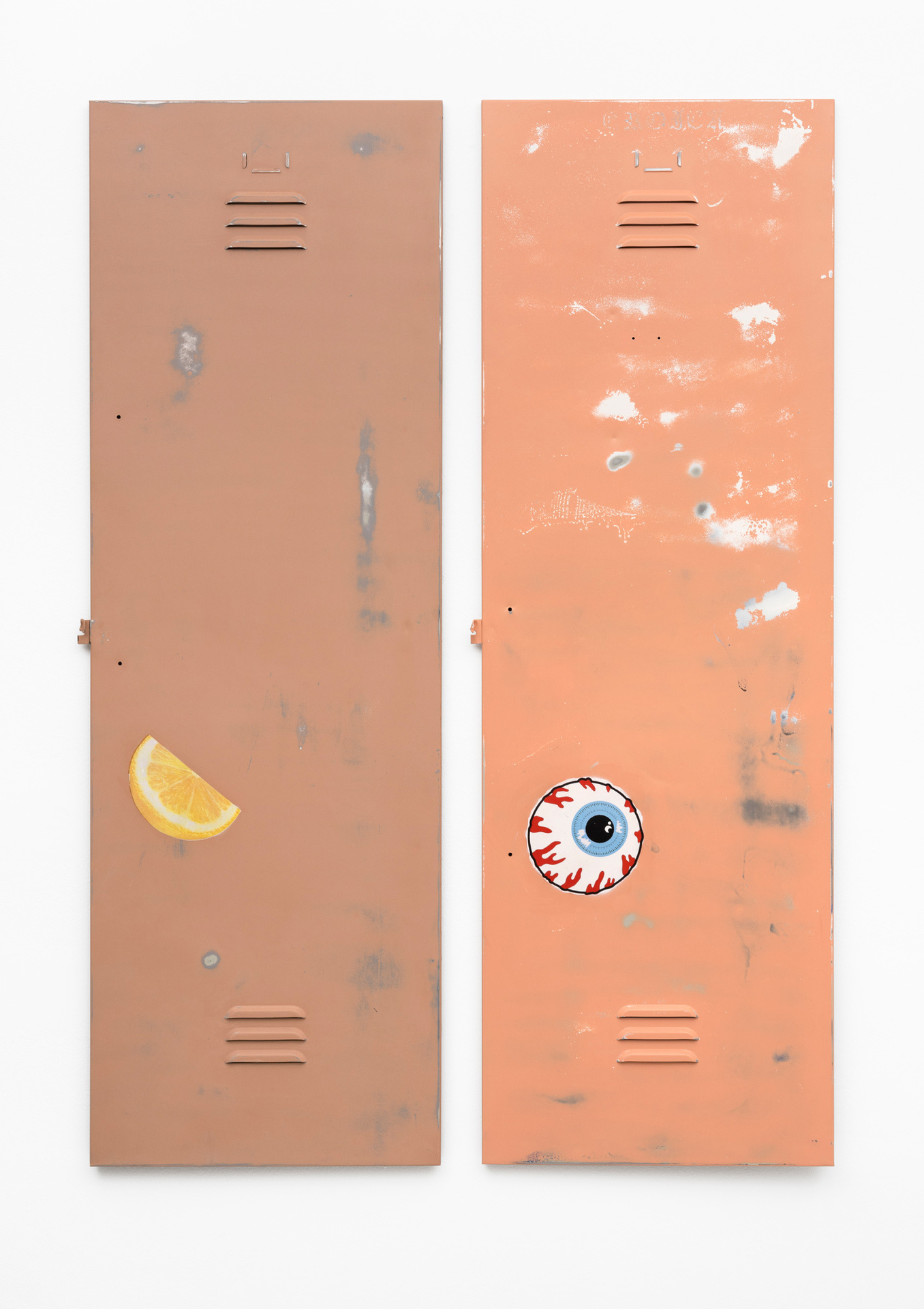
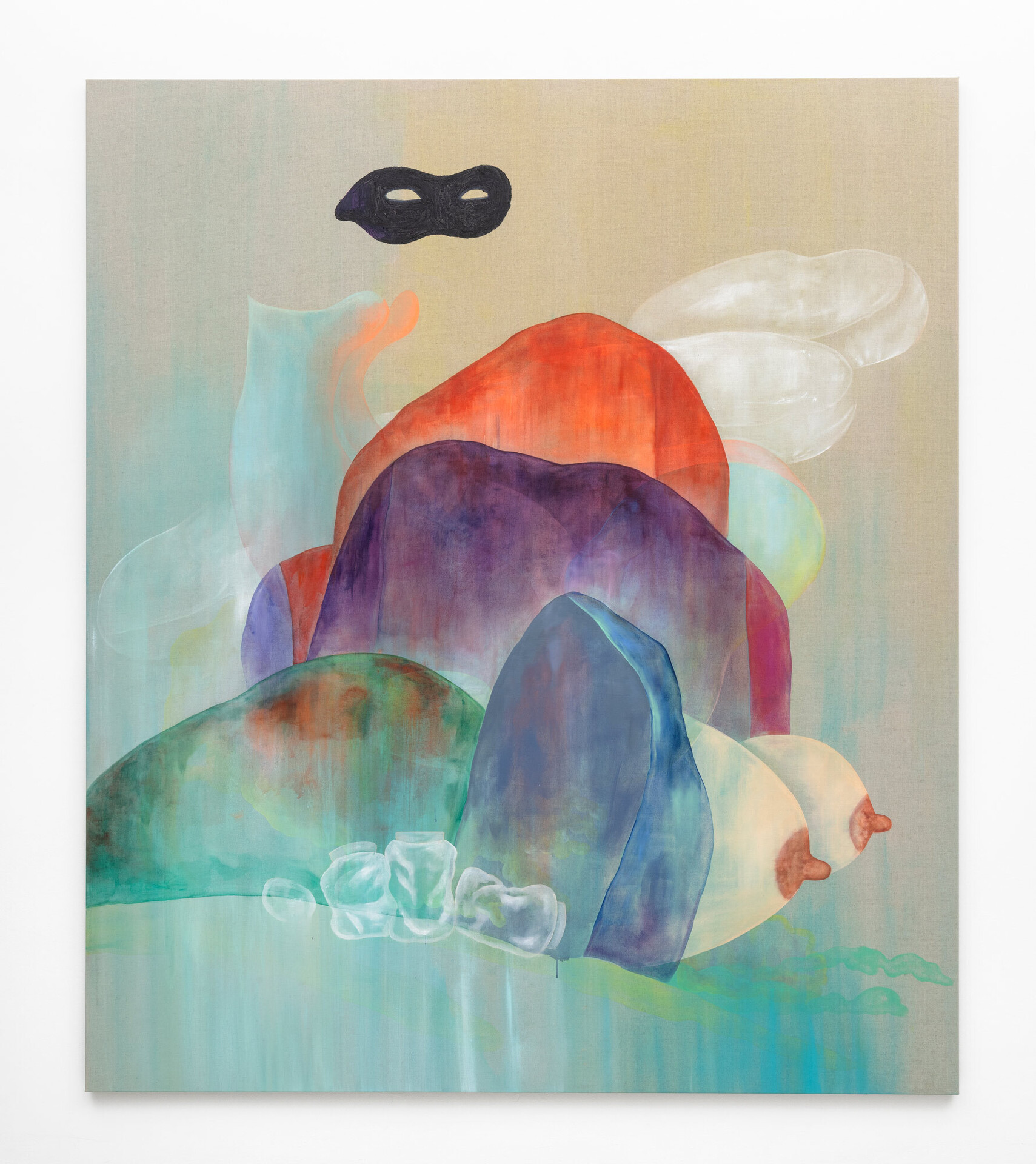
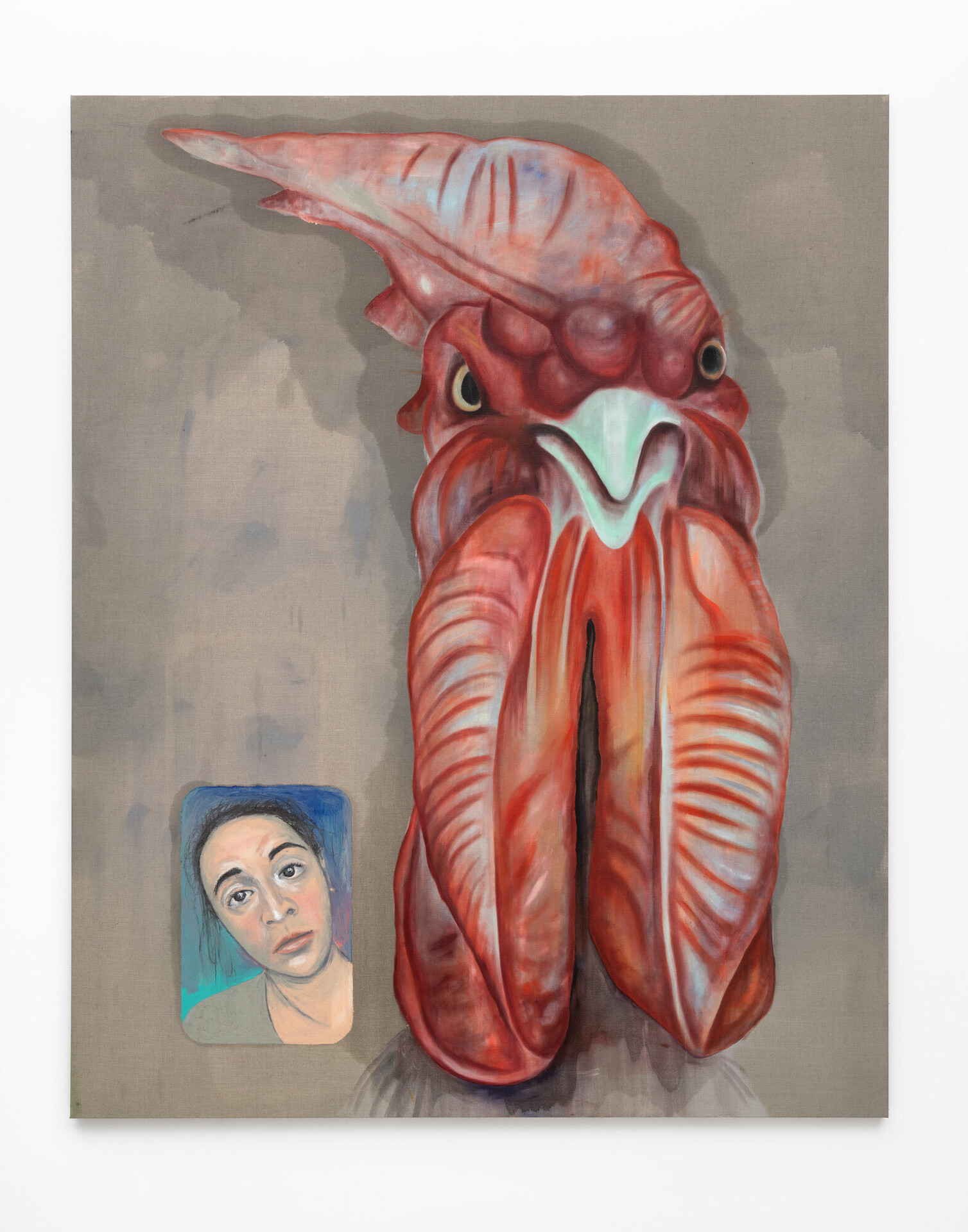
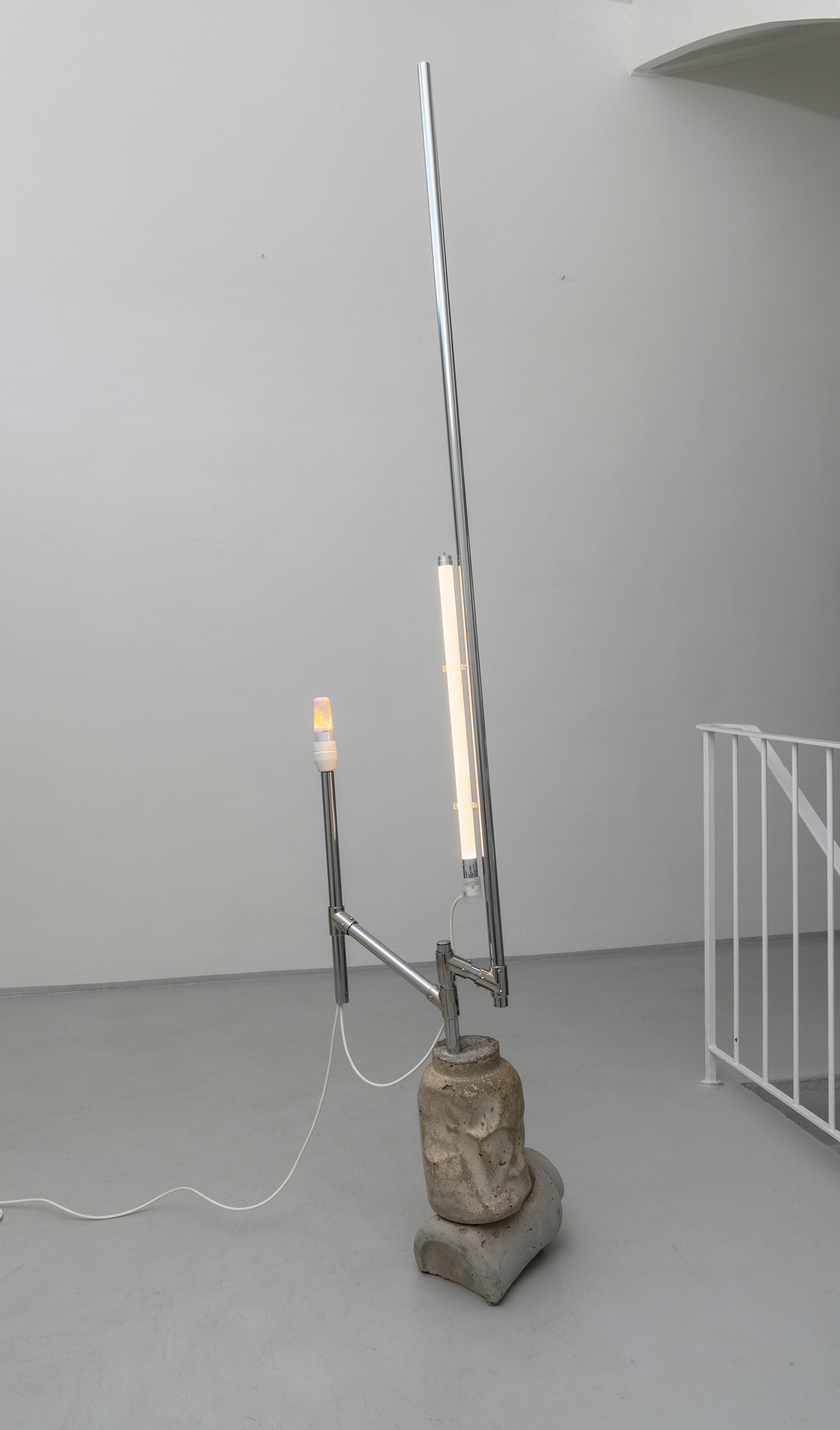
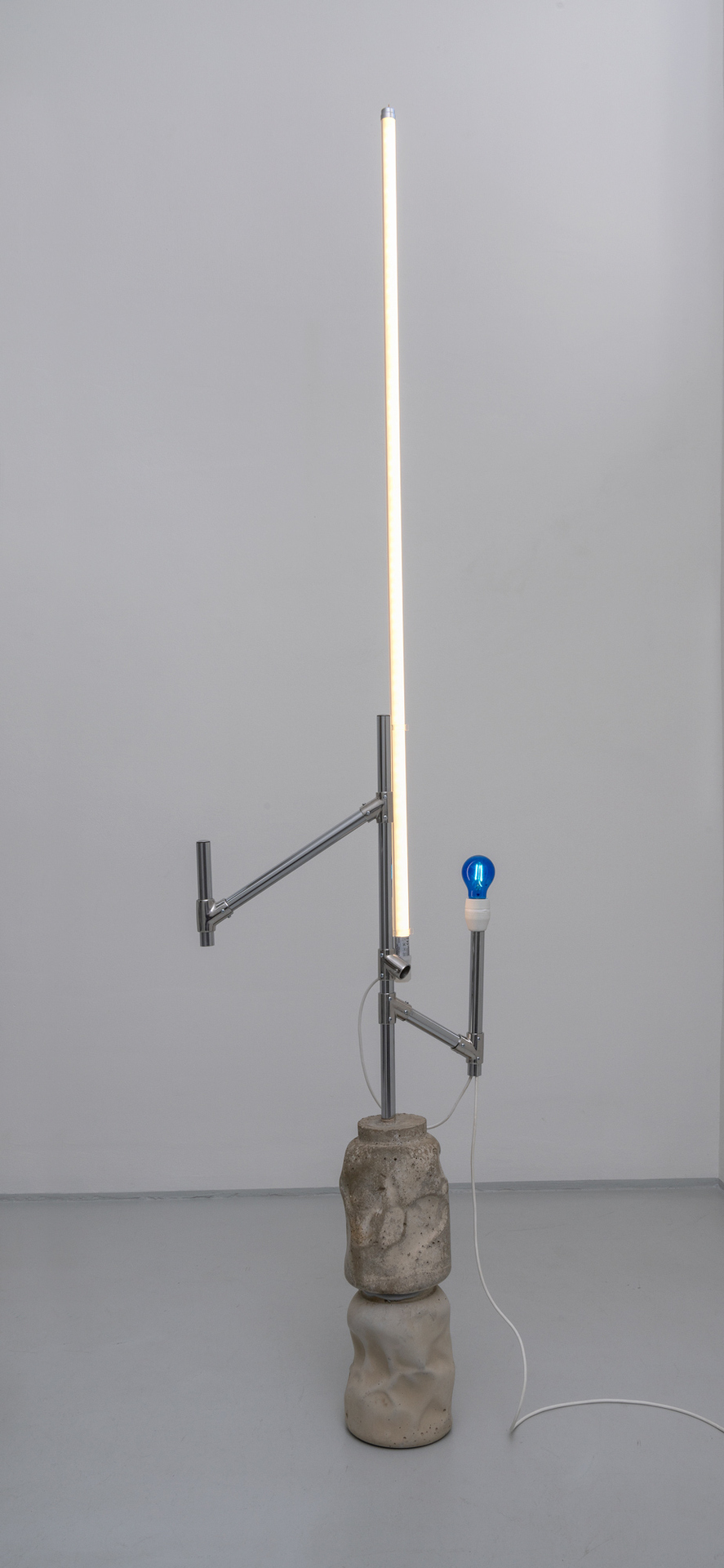
Location
Philipp Pflug ContemporaryDate
17.04 –29.05.2020Curator
Miriam BettinPhotography
Wolfgang GünzelSubheadline
pretend friend Duo Show by Jagoda Bednarsky and Felix Kultau accompanied by Miriam Bettin https://pretendfriend.deText
scroll for german version
PRETEND FRIEND
JAGODA BEDNARSKY
FELIX KULTAU
with curatorial support from Miriam Bettin
Jagoda Bednarsky and Felix Kultau are showing works together under the title PRETEND
FRIEND, with some of these created especially for their two-person exhibition. The artists
address gender roles and clichés in the media of painting (Bednarsky) and sculpture
(Kultau).
In Jagoda Bednarksy’s case, this concerns the image of a wife and mother, materialized in
her Shadowlandwork series in landscapes of rolling hills made up of breasts, in milk
pumps, vaginas, depictions of flora and fauna, figures from Greek mythology. The title of
the series is taken from the culture magazine “Shadowland”, first issued in New York in
1919 and bringing together contributions on visual art, film, dance and theatre as well as
Art Deco illustrations, caricatures, photographs and poems.
Jagoda Bednarsky’s compositions bring together visual elements based on a large
spectrum of source materials, with these individual components co-existing as equals in
the pictorial world of her paintings. Her mode of constructing images rests on the visual
structure of screen views and smartphone displays, which in some instances also appear
in her paintings as such. In all of this, her paintings have a lightness of touch that both
lends them authority and at the same time does justice to a contemporary perspective onto
an at times male dominated discourse of painting. Bednarsky’s depictions are frequently
rife with humor, irony and subtlety and caricature traditional role models and pictorial
modes. They reach their climax in the large format work Shadowland (Artemis), which
features a self-portrait of the artist as Artemis, goddess of the forest and birth, who here
appears as a protector of women and children. This is juxtaposed with a portrait of a
cockerel. In the oversized, frontal confrontation with the viewer it appears downright
menacing. Yet beside the machismo symbolism of the theme found throughout art history,
the way in which the animal is portrayed lends it a definite vaginal aspect. The otherwise
hypermasculine cock becomes emancipated through transformation and lampoons the
purported duality of the sexes. The artist puts herself in the picture alongside the rooster in
the shape of a FaceTime portrait.
In contrast, the works on view by Felix Kultau create stereotypical images of masculinity:
His light sculptures placed in the space employ concrete cast protein powder cans,
chrome-plated steel poles and strip lights. They evoke associations of bodybuilding: in
terms of shape they are reminiscent of gym equipment, as well as of physical
constructions subjected to (self-)optimization.
Felix Kultau works primarily with cool, industrial and found material, emphasizing their
fetish character through his interventions. In their perceived smoothness his materials
nevertheless time and again exhibit traces of decay and vulnerability. His locker doors are
a continuation of his work series on shipping container doors. In the exhibition they
become part of the idea of the fitness studio, but in contrast to the demonstrative, large
gestures of the chrome sculptures they instead express privacy and withdrawal, qualities
that also stand allegorically for adolescence – our view of which is of course shaped by the
genre of the Highschool movie.
Next to these works, viewers see themselves confronted with a solid wood sculpture that
reflects the final outcome of male fantasies of power and violence: What we can
appreciate in detail here is the trace of an application of force onto the wood beam. Felix
Kultau’s sculptures seem at the same time fragile and brutal, they exude an inner conflict
and fragmentation, much like that described by Klaus Theweleit in his notion of the
“Fragmentkörper” (fragmented body). “This body, which I call the fragmented body, for
example does not abide equality – whether this be equality with women, equality with
children”[1]. These deliberations stem from the author’s principal work “Male Fantasies”,
first published in German language in 1977 (English language version 1987), which now,
40 years later, has been re-issued due to its unchanging, if not increased relevance to our
times. The author sees the fear of a dissolution of the body as the root cause for the
development of hierarchies, fascism, abuse of power and violence: “And this fragmented
body attempts to solve its problems, which it is unable to integrate into its psyche, through
violence. (…) This type wants society to be organized in a hierarchical way, with clear
superior and inferior distinctions, and to know its position within this structure. And this
type sees men, a certain kind of masculinity, to be superior in this construct.”[2]
In the Jagoda Bednarsky and Felix Kultau’s exhibition this duality of traditional gender
roles is expressed – hypermasculinity and machismo vs. matriarchy and motherhood –
and at the same time punctuated and irritated time and again. The two artists’ works
complement, cite and comment on each other. They coexist in analogue and digital space,
as though they were defending their own position in their interaction. As pretend
friend (much like an “invisible friend”) they demonstrate their independence while
simultaneously being stimulated by the knowledge of each other’s existence. The
hierarchies are revoked, the battle of the sexes abates.
Let's stay friends, she said.
Due to the currently changed and aggravated circumstances as regards exhibiting and showing, we are also making
PRETEND FRIEND accessible for our viewers in virtual space, on the website created for this context:
www.pretendfriend.de
PRETEND FRIEND
JAGODA BEDNARSKY
FELIX KULTAU
begleitet von Miriam Bettin
Unter dem Titel PRETEND FRIEND zeigen Jagoda Bednarsky und Felix Kultau
gemeinsam und teils neue, für die Duo-Ausstellung entstandene Arbeiten. Im Medium der
Malerei (Bednarsky) und der Skulptur (Kultau) bearbeiten die Künstler*innen
Geschlechterrollen und Rollenklischees.
Bei Jagoda Bednarksy ist dies das Bild der Frau und Mutter, welches in ihrer Shadowland-
Werkserie konkrete Form annimmt: Hügellanschaften aus Brüsten und Milchpumpen,
Vaginas, Darstellungen von Flora und Fauna, Figuren aus der griechischen Mythologie.
Motiv- und titelgebend ist die 1919 in New York erstmalig erschienene Kulturzeitschrift
„Shadowland“, welche neben Beiträgen zu Bildender Kunst, Film, Tanz und Theater auch
Art déco Illustrationen, Karikaturen, Fotografien und Gedichte versammelte.
Jagoda Bednarskys Kompositionen setzen sich aus vielfältigen Vorlagen und
Bildelementen zusammen, die auf einer Bildebene gleichwertig nebeneinander gestellt
sind. Angelehnt ist diese Art des Bildaufbaus an Bildschirmansichten und Smartphone-
Displays, die vereinzelt auch ganz konkret in den Malereien auftauchen. Dabei besitzen
ihre Arbeiten eine Leichtigkeit, die ihnen gleichsam Souveränität verleiht und einem
zeitgenössischen Blick auf einen männlich geprägten Malereidiskurs gerecht wird.
Bednarskys Darstellungen sind bisweilen voller Witz, Ironie und Spitzfindigkeit und
karikieren tradierte Rollen- sowie Bildmuster. In der großformatigen Arbeit Shadowland
(Artemis) erreichen diese ihren Höhepunkt im Selbstbildnis der Künstlerin als Artemis,
Göttin des Waldes und der Geburt, die hier als Hüterin der Frauen und Kinder auftritt. Dem
gegenübergestellt ist das Portrait eines Gockels. In der überdimensionalen, frontalen
Konfrontation mit den Betrachter*innen wirkt er hier geradezu bedrohlich. Neben seiner in
der Kunstgeschichte oft Verwendung findenden machistischen Symbolik lässt sich in
dieser Art der Darstellung ein vaginaler Moment nicht verleugnen. Der sonst so
hypermaskuline Hahn erfährt Emanzipation durch Transformation und spielt mit der
vermeintlichen Dualität der Geschlechter. Daneben setzt sich die Künstlerin erneut selbst
ins Bild in Form eines FaceTime-Portraits.
Die hier gezeigten Arbeiten von Felix Kultau kreieren demgegenüber stereotype Bilder von
Maskulinität: Seine im Raum stehenden Lichtskulpturen aus in Beton gegossenen
Proteinpulverdosen, verchromten Stahlstangen und Neonröhren evozieren Assoziationen
mit dem Bodybuilding: in ihrer Form erinnern sie an Trainingsgeräte oder auch der
Optimierung unterworfene Körperkonstruktionen.
Felix Kultau arbeitet vorwiegend mit kühlen, industriellen sowie vorgefundenen
Materialien, deren Fetischcharakter durch den Einsatz des Künstlers betont wird. In ihrer
vermeintlichen Glätte weisen sie jedoch immer wieder Spuren von Zerfall und
Verletzlichkeit auf. Die Spindtüren sind eine Weiterführung seiner Werkserie aus
Überseecontainertüren. In der Ausstellung fügen sie sich ein in die Idee des
Fitnessstudios, sind jedoch im Gegensatz zu den demonstrativen, großgestischen
Chromskulpturen vielmehr Ausdruck von Privatheit und Verschlossenheit, wie sie auch als
– durch das Genre des Highschool-Films geprägte – Sinnbild für die Adoleszenz stehen.
Als letztendliche Auswirkung von männlicher Macht- und Gewaltphantasie sehen sich die
Betrachter*innen daneben mit einer massiven Holzskulptur konfrontiert: Eine bis ins Detail
inszenierte Spur von Krafteinwirkung weist die Bruchstelle des Holzbalkens auf.
Die gleichsam brachialen wie auch zerbrechlichen Skulpturen Felix Kultaus strahlen eine
innerliche Zerrissenheit aus, ganz im Sinne des Fragmentkörpers nach Klaus
Theweleit. „Dieser Körper, den ich Fragmentkörper nenne, hält zum Beispiel Gleichheit
nicht aus – ob das Gleichheit mit Frauen ist, Gleichheit mit Kindern“[1]. Diese
Überlegungen entstammen seinem Hauptwerk „Männerphantasien“ von 1977, welches
nun 40 Jahre später durch unveränderte oder sogar verstärkt wieder aufkeimende
Relevanz neu aufgelegt wurde. Die Angst vor der Körperauflösung sieht er als Ursache für
die Herausbildung von Hierarchien, Faschismus, Machtmissbrauch und Gewalt: „Und
dieser Fragmentkörper versucht seine Probleme, mit denen er psychisch integrativ nicht
umgehen kann, durch Gewalt zu lösen. (…) Dieser Typ will die Gesellschaft hierarchisch
organisiert haben, mit klar oben und klar unten und der eigenen Position da drin. Und
oben in diesem Konstrukt sind für diesen Typ Männer, ist eine bestimmte Männlichkeit.“[2]
In der Duo-Ausstellung von Jagoda Bednarsky und Felix Kultau findet diese Dualität von
tradierten Geschlechterrollen Ausdruck – Hypermaskulinität und Machismus vs.
Matriarchat und Mutterschaft – und wird doch gleichzeitig immer wieder durchbrochen und
irritiert. Die Arbeiten der beiden Künstler*innen ergänzen, zitieren oder kommentieren sich
gegenseitig. Sie koexistieren im analogen und digitalen Raum, ganz so als würden sie im
Zusammenspiel ihre eigene Position verteidigen. Als pretend friend („unsichtbarer
Freund“) beweisen sie Unabhängigkeit und sind doch gleichsam durch das Wissen um die
Existenz des Anderen befruchtend. Die Hierarchien werden aufgehoben, der
Geschlechterkampf versiegt.
Let's stay friends, she said.
Durch die aktuell veränderten und erschwerten Rahmenbedingungen des Ausstellens und
Zeigens wird PRETEND FRIEND auch im virtuellen Raum für das Publikum zugänglich
sein auf einer für diesen Kontext angelegten Webseite: www.pretendfriend.de
Miriam Bettin